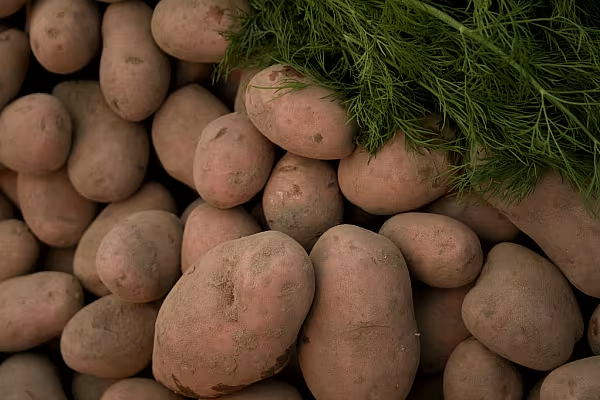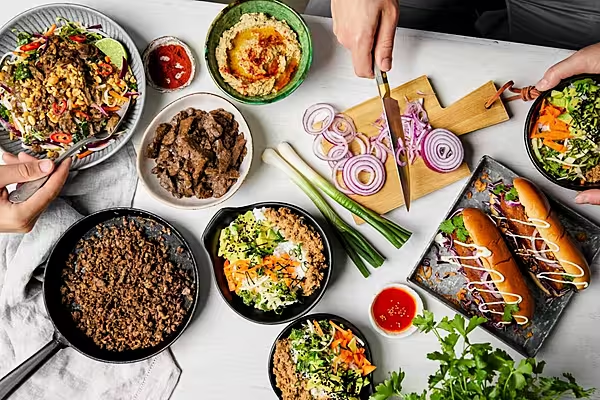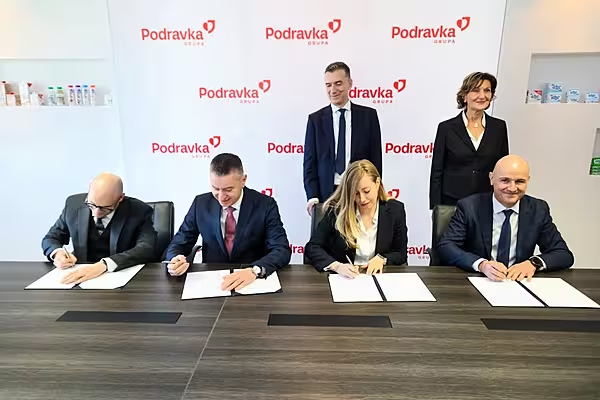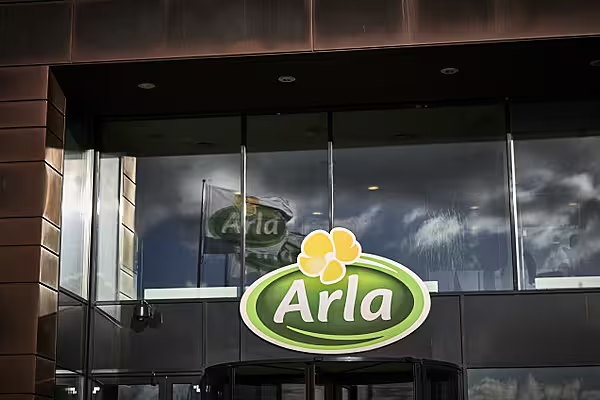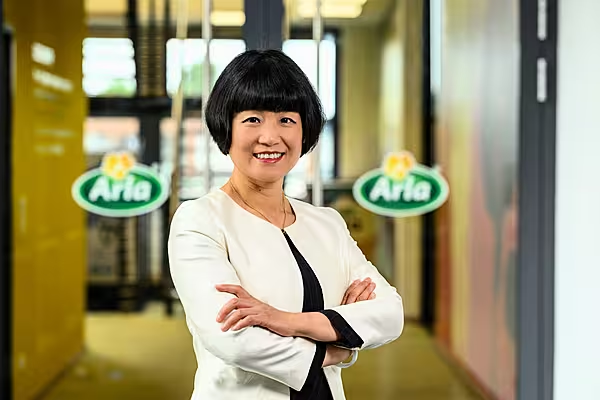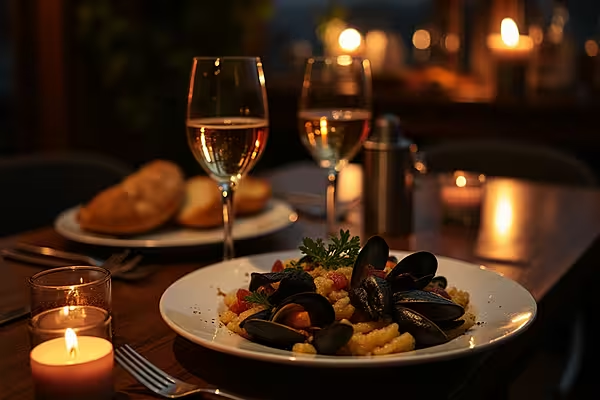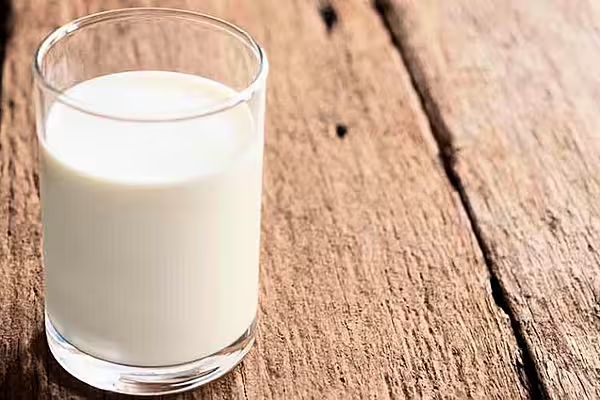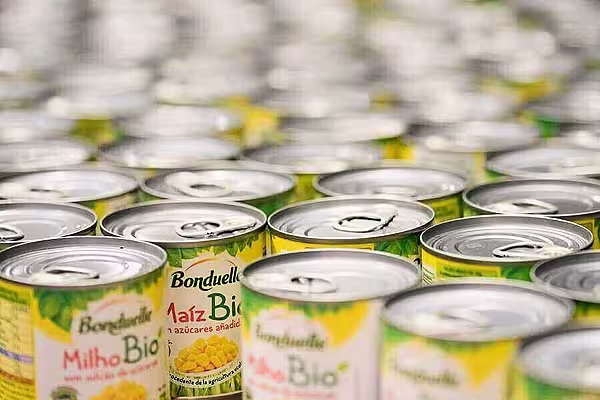South African potato prices have more than doubled in 2016 from a year earlier as the worst drought in more than a century cuts yields in growing regions, an industry body said.
The national average price for a 10-kilogramme (22-pound) pocket of medium potatoes jumped to 63.30 rand ($4) in the week ended March 11 from last year’s average of 28.45 rand, Pieter van Zyl, an agricultural economist at Potatoes South Africa, said by phone on March 15.
"This is the highest on record," Van Zyl said. "I don’t think it will go higher than what we see."
The nation last year suffered its lowest rainfall since records began in 1904, cutting output of crops such as grains, wine grapes and peanuts. Farmers in potato-producing provinces such as Limpopo, which has the biggest output, the Free State and the North West need rain to fill boreholes and dams.
"There are no exceptions – all the regions have experienced a dry spell, not much rain or no rain at all and excessive heat conditions," Van Zyl said. "That’s the reason prices are very high currently."
Famous Brands Ltd., the South African owner of fast-food chains including Wimpy and Steers, which both specialize in burgers and French fries, will be affected by the price increases and may need to pass costs to consumers, Group Procurement Executive Pedja Turanjanin said.
"Ultimately the potatoes are a lot more expensive than they have ever been, probably three times the price comparing to the same period in the past two or three years," Turanjanin said by phone on Friday. "The fluctuation in price of potatoes is affecting the food costs at restaurant level."
In 2015, the country’s potato farmers produced an average of 46 metric tonnes per hectare for both irrigated and rain-fed fields. For growers in the eastern Free State, who depend solely on rain, the lack thereof means yields will be two-thirds lower than last year, when they produced 30 tonnes per hectare.
Farmers in the Free State are currently "not even doing 10 tonnes per hectare – these guys are really struggling," said Van Zyl.
The optimum planting time for farmers in Limpopo is from January to July, while those in the eastern Free State need to sow from August to November, Van Zyl said. In the first 10 days of March, Limpopo province received a total of 313 millimetres (12.3 inches) of rain while 577 millimetres fell in towns of the Free State region, data on the South African Weather Service show.
News by Bloomberg, edited by ESM. To subscribe to ESM: The European Supermarket Magazine, click here.
